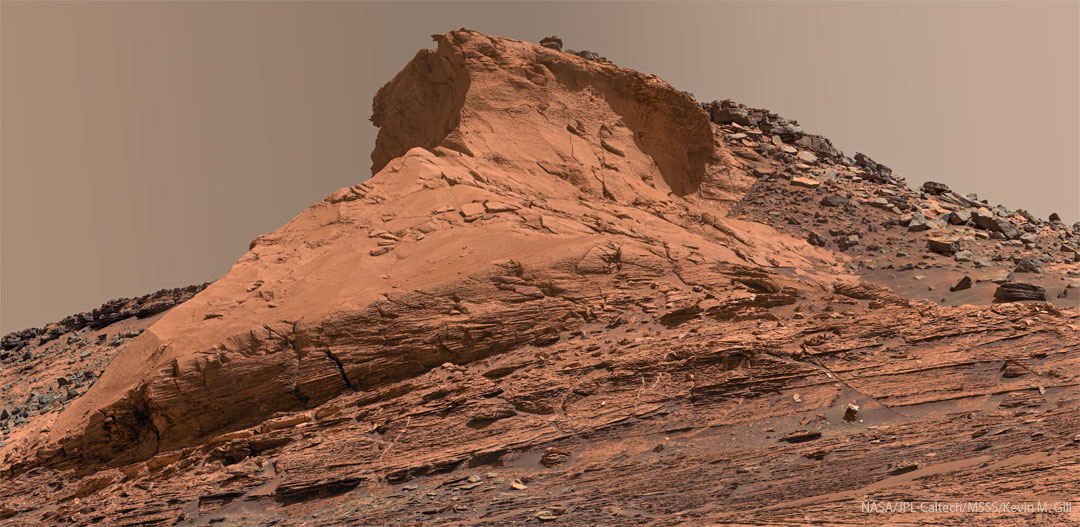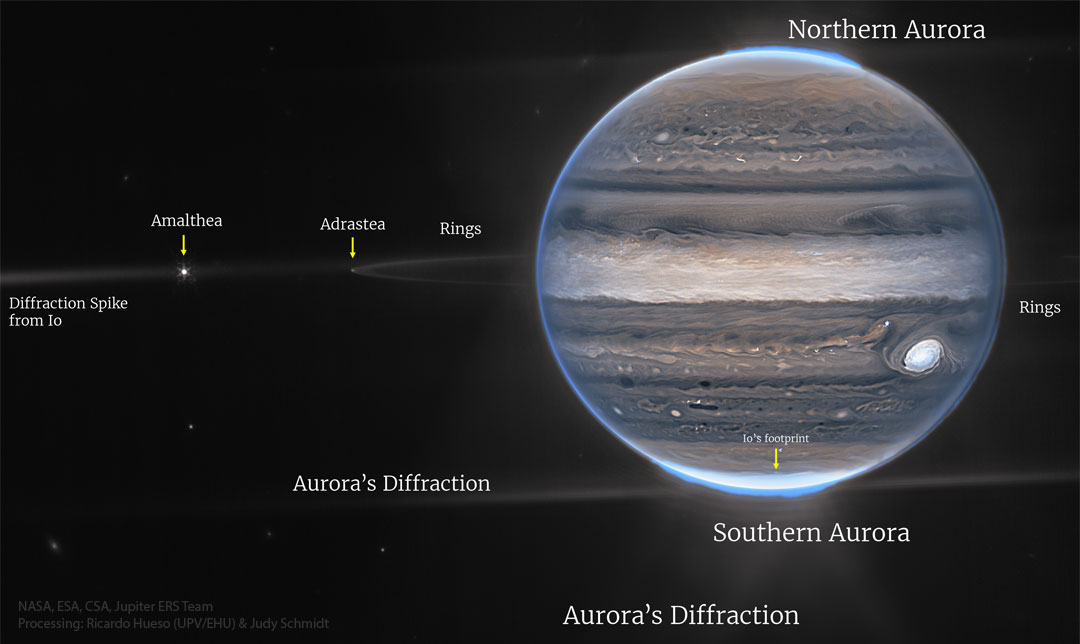NASA and Axiom Space have signed a mission order for the second private astronaut mission to the International Space Station to take place in the second quarter of 2023.
from NASA https://ift.tt/lycExCS
via IFTTT
NASA and Axiom Space have signed a mission order for the second private astronaut mission to the International Space Station to take place in the second quarter of 2023.
from NASA https://ift.tt/lycExCS
via IFTTT
NASA is targeting 2:17 p.m. EDT on Saturday, Sept. 3, for the launch of Artemis I, the first integrated test of NASA’s Space Launch System (SLS) rocket, Orion spacecraft, and the ground systems at the agency’s Kennedy Space Center in Florida.
from NASA https://ift.tt/LEQ2H91
via IFTTT




NASA will hold a media teleconference at 6 p.m. EDT Tuesday, Aug. 30, to discuss the flight test of the agency’s mega Moon rocket and uncrewed Orion spacecraft, currently at Launch Pad 39B at NASA’s Kennedy Space Center in Florida, ahead of the Artemis I lunar mission.
from NASA https://ift.tt/mbez0WI
via IFTTT
Following the Artemis I launch scrub Monday from Launch Complex 39B at NASA’s Kennedy Space Center in Florida, the agency will hold a media briefing at approximately 1 p.m. EDT today, Monday, Aug. 29, to discuss mission status.
from NASA https://ift.tt/smagCjx
via IFTTT
Following the Artemis I launch scrub Monday from Launch Complex 39B at NASA’s Kennedy Space Center in Florida, the agency will hold a media briefing at approximately 1 p.m. EDT today, Monday, Aug. 29, to discuss mission status.
from NASA https://ift.tt/BN4uEdR
via IFTTT
